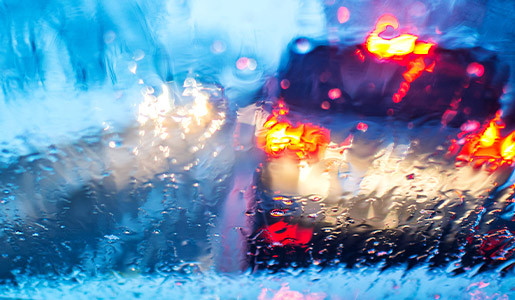Getting your car ready to sell
For most drivers, there will come a point in life when they need to sell their car. This could be because they are needing the money for other things or are simply looking to fund buying a new car themselves. Whether you go for a private sale or sell through a dealer, it is key to get your car ready in advance. This will not only ensure you make a quick sale but also that you get as much as possible for it.
But just what can you do to get your car ready to sell?
Give it a clean
The top priority for every car seller is to give your vehicle a clean! This is a good tip as it is easy to do and does not cost lots of money. Many people will simply go through a carwash as this is the easiest option and will give a really professional result. You can, of course, give it a good once over at home if you prefer - just make sure to pick up some top quality products to wash, shine and wax with. As well as cleaning the outside, don’t forget to give the inside a good tidy up as well.
Do some simple maintenance checks
Another great tip for selling your car is to perform some simple DIY checks on it. A wipe of the engine with a damp cloth is worthwhile to make it look cleaner and show that the car has been well looked after. It is also a good idea to top up the engine oil if needed and also fill up the washer along with coolant bottle. Check the tyres over too and inflate them to the right pressure if any are not at the correct level. Doing this will ensure you get a better sale price as people do not have to spend time doing these jobs after buying it.
Touch up any minor scratches or scrapes
When you own a car for any period of time, it is likely that you will pick up some minor bodywork damage. This could be stones popping up off the road as you drive along or someone catching your wing with a shopping trolley. Naturally, these could hurt the value and put buyers off so it is worth fixing them. There are some great products on the market now that allow you to do this at home for little money. Many are simply applied directly to your car’s bodywork and then gently rubbed in with a micro-fibre cloth for best results.
Get your paperwork ready
Having all the necessary paperwork is also key to being ready to sell. All garages and most people will not agree to buy your car if this is not in place. Before selling, get your V5C registration, MoT certificate and logbook together to show any interested parties. This makes them easier to produce when asked for and will make buyers view you as an organised, trustworthy seller.
Get your car ready to sell fast
As noted above, doing what you can to get your car ready to sell will make for a quick sale and help you get the most you can for it. The above tips are all worth thinking about in this regard. When you are ready, it is then a case of deciding how much you would like for it and either approaching a garage or putting a private advert out there to make the sale.


